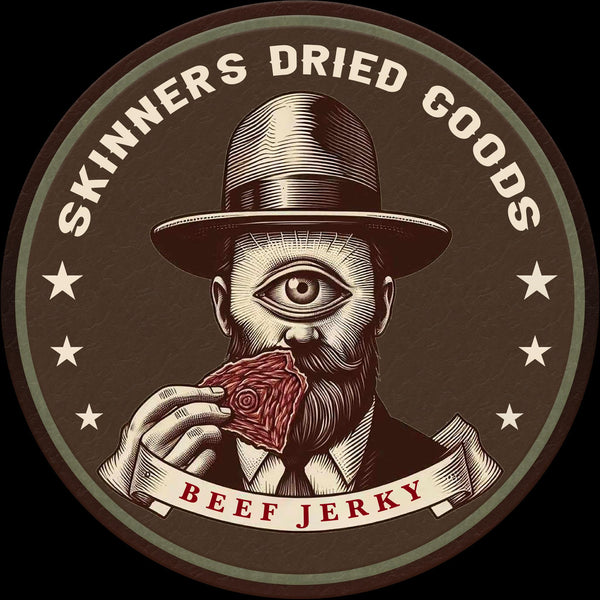The Fascinating Journey of Beef Jerky: From Ancient Origins to Modern Delights
Introduction
Beef jerky—a savory, protein-packed snack that has tantalized taste buds for centuries. Whether you’re a fan of classic smoky flavors or adventurous teriyaki-style blends, beef jerky has a rich history that spans continents and cultures. Let’s embark on a flavorful journey through time, exploring the origins, evolution, and enduring appeal of this beloved treat.
Ancient Beginnings: Ch’arki in Peru
Our story begins high in the Andes Mountains of Peru, where indigenous people practiced a unique method of meat preservation known as Ch’arki. The Quechua term translates to “burning meat,” and it aptly describes the process. Here’s how it worked:
- Thin Slices: The Quechua tribes would slice meat—often buffalo—into thin strips.
- Curing and Drying: These strips were then salted and left out to dry under the intense Andean sun.
- Preservation: The result? Ch’arki—a wonderfully preserved form of meat that sustained communities in this high-altitude region.
The Influence of Ancient Egypt
But the Quechua weren’t the only ones with a penchant for preserved meat. Ancient Egyptians, too, understood the importance of food preservation. Archaeological discoveries reveal that they sun-dried various meats and produce, storing them in tombs. Their preserved food remained remarkably intact over time.
Ch’arki to Beef Jerky: The Western Hemisphere Connection
As centuries passed, the art of jerky-making evolved. By the 16th century, South American tribes had perfected the technique, creating a simple, salted, and dried meat product—the precursor to modern beef jerky. But how did it cross continents?
- The Inca Influence: Some credit an ancient Inca tribe called the Quechua for jerky’s early existence. Their Ch’arki method likely inspired the term “jerky.”
- European Exploration: European explorers encountered jerky during their New World expeditions. They marveled at its lightweight, high-protein properties—a boon for long journeys.
- Cowboys and Cattle Drives: Fast-forward to the 1820s in the United States. Cowboys on cattle drives relied on beef jerky to sustain them during arduous journeys. Sun-drying, smoking, and salting were their preservation methods of choice.
William “Dad” Hausen: A Key Figure
While jerky’s roots trace back to ancient times, a pivotal moment occurred in 1869. William “Dad” Hausen, a Nebraska butcher, played a crucial role. He refined the process, creating what we now recognize as beef jerky. Hausen’s innovation transformed jerky from a survival necessity into a beloved snack.
Modern-Day Jerky: A Global Phenomenon
Today, beef jerky transcends borders. It’s enjoyed worldwide, with diverse flavors and textures. From traditional smoky renditions to exotic blends infused with spices, soy sauce, and teriyaki, jerky continues to captivate our taste buds.
Conclusion
Next time you savor a strip of beef jerky, remember its ancient origins—the Quechua tribes, the sun-drenched Andes, and the pioneers who relied on it during cattle drives. Beef jerky isn’t just a snack; it’s a testament to human ingenuity and the timeless quest for sustenance.
So, whether you’re hiking a mountain trail or simply craving a protein boost, tip your hat to the past and enjoy the flavorful journey that is beef jerky! 🌟🥩
For more jerky inspiration, check out Mahogany Smoked Meats1, DeliFo2, and The Jerky Co3. 🚀✨

